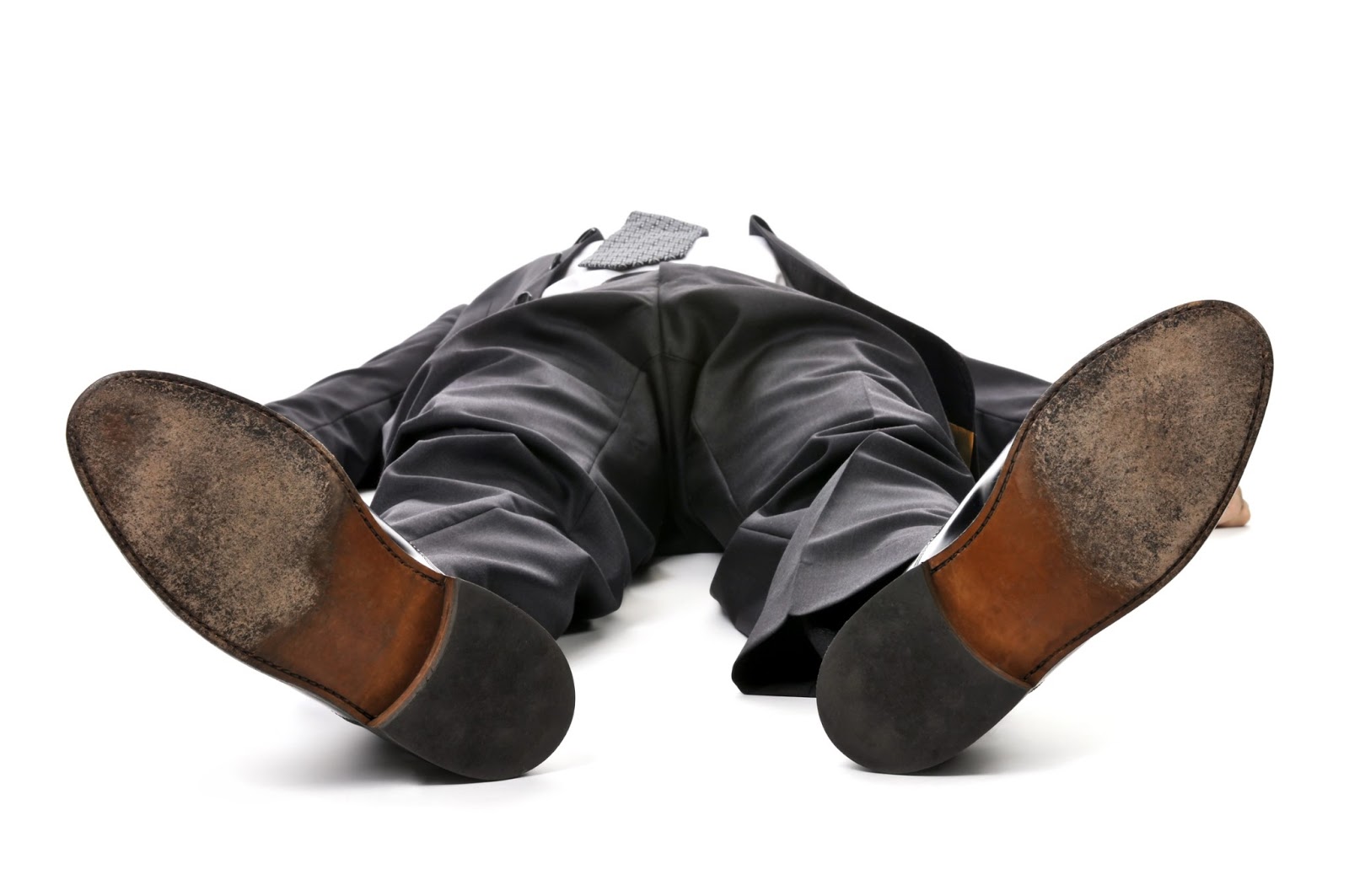Those are very interesting; JBL has obviously been very busy in developing the conventional woofer / compression driver further along toward lower distortion and higher efficiency. The white paper emphasizes the efficiency part, especially with the compression driver. The twin diaphram aspect is interesting, and a direction I did not realize they were headed. It looks to me like they are essentially using the technology of their "ring radiators" such as the 2405H (which I have, but am not using), but doing it with either in-phase or "push pull" twin diaphrams. I don't quite know what to make of their description of the horn as a "wave guide horn". If this were a consumer speaker, I would dismiss it a marketing bullshit, but JBL is not known for exaggeration in their claims. To me, either it is a "wave guide" or a "horn", but it seems like it could not be both at the same time. Maybe I'm trying to overly parse their language!
The woofer seems more traditional but with some updating with the use of a neodymium magnet and dual voice coils which like the compression driver might be working either in-phase or "push pull". They were starting to use this type of magnet when I worked there, and I have one at home which I use to magnetize my screwdrivers and such; it is an
extremely powerful magnet for its size. They are still using their traditional pulp cones with Aquaplas sprayed onto the back side of the cone. Again, they make a point of pointing out the increased efficiency and power handing, which I would expect for what is a professional woofer which would take a lot of abuse.
What I did catch with the HF compression driver is the frequency response curve; in many ways it is
very traditional in that it is exactly like every other large format compression driver I have ever seen, either from JBL or Altec Lansing (Altec Lansing is essentially JBL in that the "Lansing" in Altec's name is from Jim Lansing of JBL, who worked for Altec in the early years after his initial speaker business collapsed).
The curve is traditional in the sense that there is a huge mid-range hump with the higher range dropping off toward 20kHz. In this sense, it directly contradicts their white paper claim of "wider" frequency response. Yes, it extends to 20Khz, but it is down over 10dB in the process just like every other large format driver made. To make the final frequency response flat (and it is very, very flat in their final system-wide graph), the passive crossover must
throw away all of that excess efficiency in the mid range, lowering it down to the level of the 20kHz point. What they are doing is throwing away over 10dB of the efficiency which they worked so hard to achieve in order to gain flat frequency response t0 20kHz. Now, for this type of speaker and its intended audience, this does not really matter since extreme efficiency is not really needed in a smaller room size like in a home or mastering studio. There is efficiency to spare. I do the exact same thing with my Altec Lansing (small format) compression drivers which have a similar frequency response shape, but with less high frequency drop off by virtue of the smaller diaphram, which has less mass. However, by virtue of the fact that I am using active crossovers, I am not actually loosing efficiency since the frequency response shaping I am doing in bringing down the large efficiency hump in the mid range is done electronically in the crossover, so there are no losses in a passive crossover.
In a professional sound reinforcement or motion picture setting, the components in this JBL speaker would likewise be operated with an active crossover and separate power amps for each driver so there would be no loss of efficiency. In a professional setting, I would also bet that this horn would be augmented by a very high frequency compression driver like the 2405, taking over at around 7kHz to counter the high frequency rolloff of the main compression driver.
As to how this speaker sounds, I obviously have not personally heard this particular speaker, but in the 5 years I worked at JBL, I heard everything they had at the time, including the earlier version of this speaker. JBL, like every other speaker company, has a distinctive "house sound" which I can only describe is a certain forwardness in the upper midrange from around 1kHz to maybe 7kHz, along with a very punchy but very well controlled bass. As I type this, I am sitting right in front of my JBL 4412 studio monitors which I use as overblown "computer speakers", and they have this exact sonic signature.
This type of sound works extremely well with most popular music, rock especially, giving it a very forward and alive quality especially at higher volumes. For classical music which I mostly listen to, this type of sound is the polar opposite of what someone would want as it makes things like massed violins in a symphony orchestra sound so forward and aggressive as to be unlistenable. In my Altec Lansing horns which have a similar sound in their natural state, I have labored for years in taming the normally aggressive quality of the horns so that they also sound good with classical music. I would still say though that there is a tradeoff where classical music might sound smoother on a traditional cone-and-dome speaker, but the Altec horns give a "jump factor" which cannot be duplicated by any other driver technology.
So I would guess that this speaker sounds like a JBL speaker normally would, since I cannot see JBL ever giving up their signature sound which everybody expects of the brand. That being the case, one would have to weigh the sound with the type of music (or film soundtrack) which would be making up the majority of listening.
One tendency I have noted with speakers over the past decade or more is the presence of a tipped-up high end (this JBL speaker does not have it fortunately). I have found the recent Klipsch speakers are really aggressive in this respect. If you look at the frequency response graphs in test reports of consumer speakers, there is an alarming majority of them which clearly show a curve which is sometimes as much as 10dB "hot" in the high end in the vicinity of 10kHz. How this trend got started, I don't know, other than perhaps somewhere along the line consumers got used to more high end for home theater applications, and manufacturers furnished it to the point of a virtual high frequency "arms race". I get listening fatigue almost immediately when listening to these speakers, and alarmingly, some very high end speakers have this exact same trait of high end aggressiveness. Or maybe it is just that many people today are deaf in the high end.......
Anyway, that's my take.






